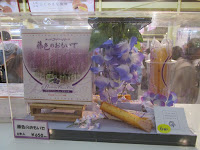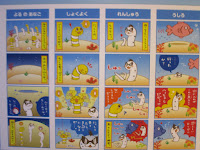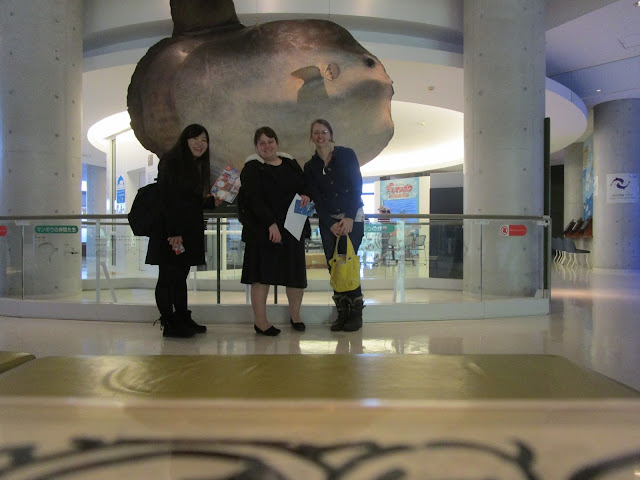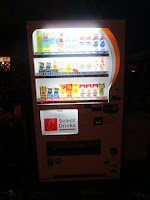In an earlier post I described one of my many adventures eating out, so it is high time that I showed you how I eat in.
 Right now, one of my favorite meals is Japanese curry (which tastes different from both Thai and Indian curry) and rice since I can cook the curry on the one stove element and the rice in the rice cooker at the same time. Limited space and appliances has taught me to be a more thorough planner. Here are some of the ingredients I will use for this particular meal which is a mixture between shabu-shabu and curry because I did not know what I was doing yet. Napa-Chinese cabbage, enoki-white mushrooms, brown mushrooms, onion, carrot, daikon (Japanese radish), ginger, bean sprouts, broth, and pre-packaged floaties.
Right now, one of my favorite meals is Japanese curry (which tastes different from both Thai and Indian curry) and rice since I can cook the curry on the one stove element and the rice in the rice cooker at the same time. Limited space and appliances has taught me to be a more thorough planner. Here are some of the ingredients I will use for this particular meal which is a mixture between shabu-shabu and curry because I did not know what I was doing yet. Napa-Chinese cabbage, enoki-white mushrooms, brown mushrooms, onion, carrot, daikon (Japanese radish), ginger, bean sprouts, broth, and pre-packaged floaties.
In this particular rendition I put way too many vegetables in the pot. Japanese style dishes often have more broth than substance. In any case, this pot was made with curry stock which is sold in cubes like chicken boullion, and served over rice.
Bon appetite.


























































